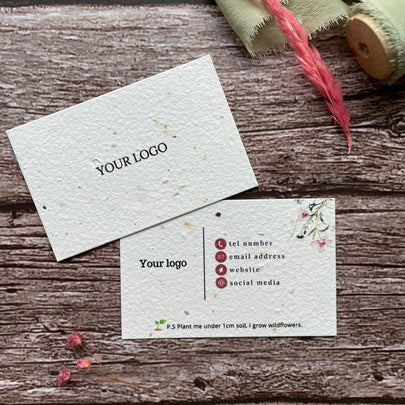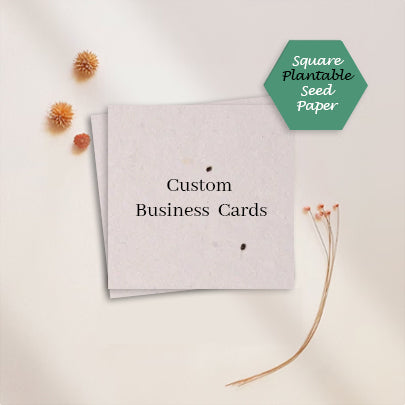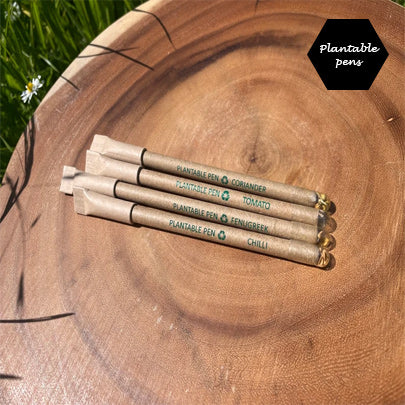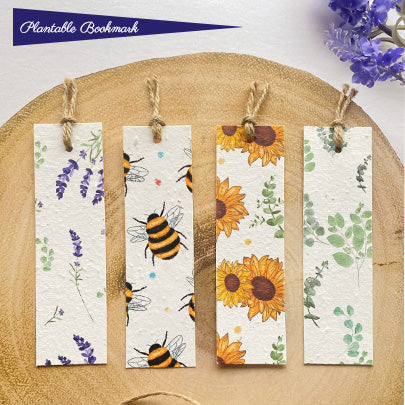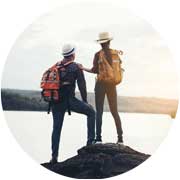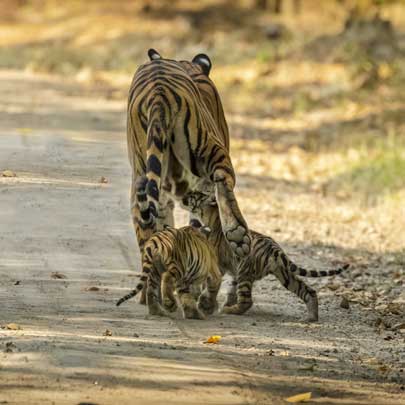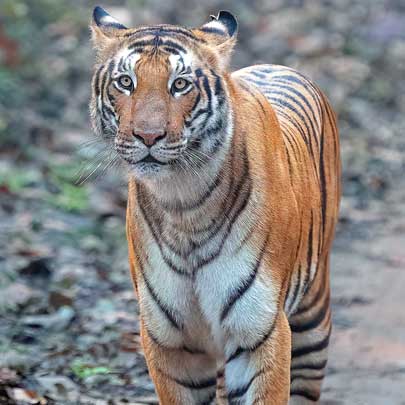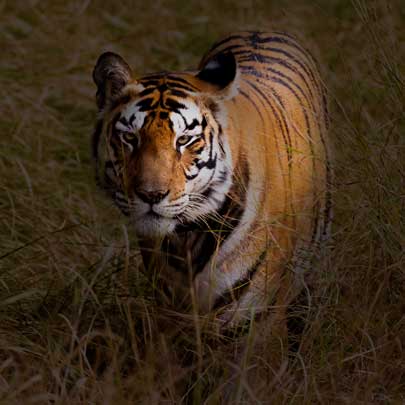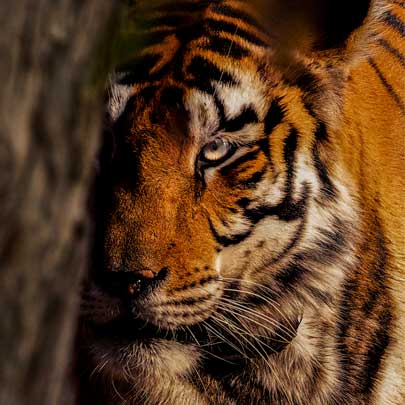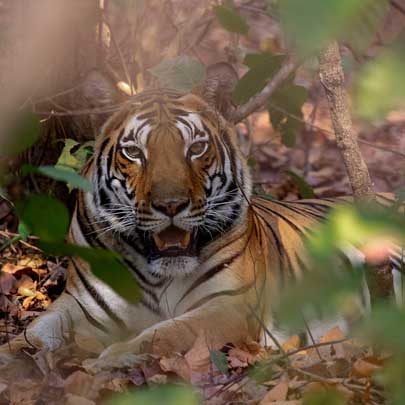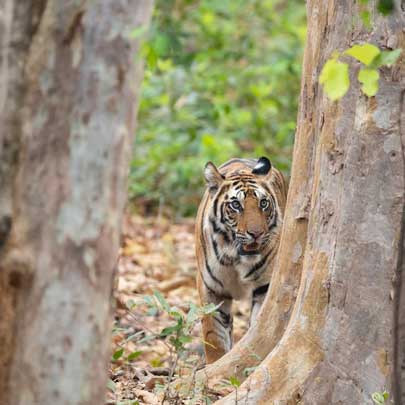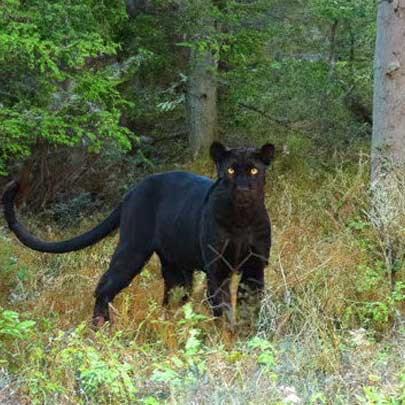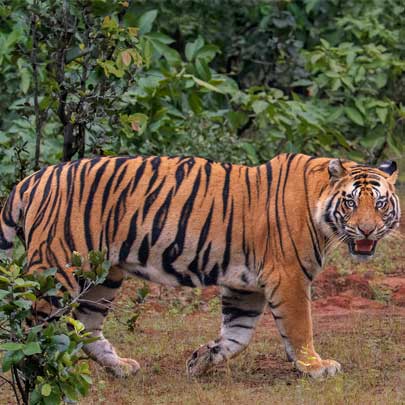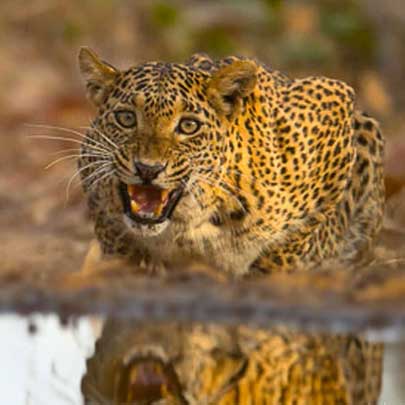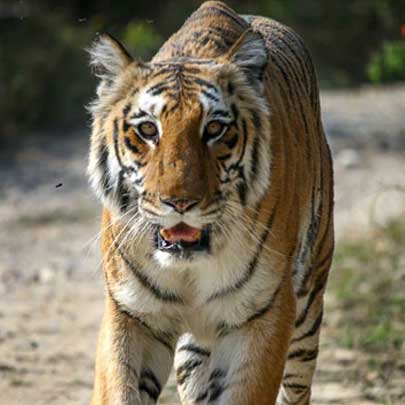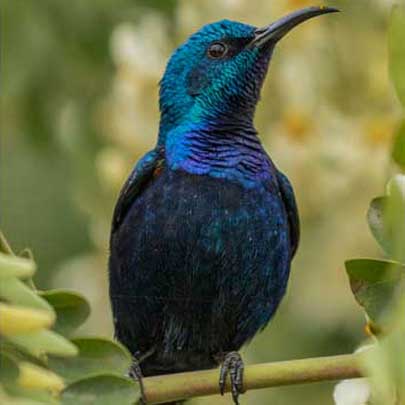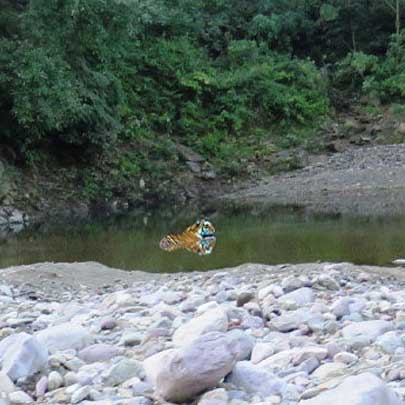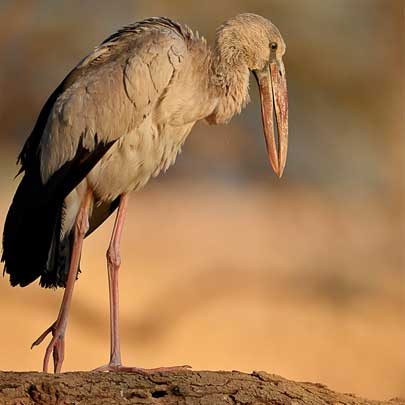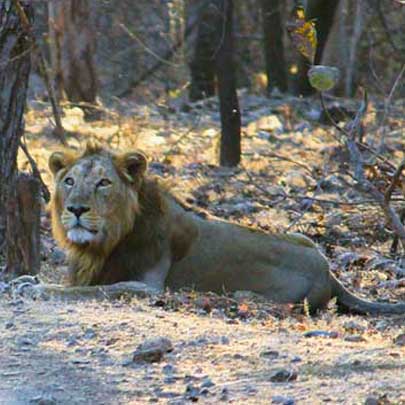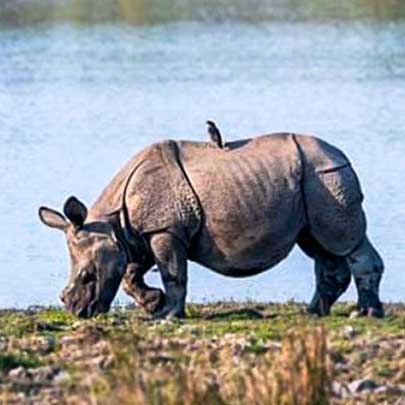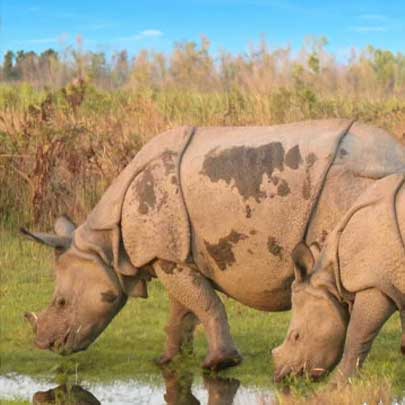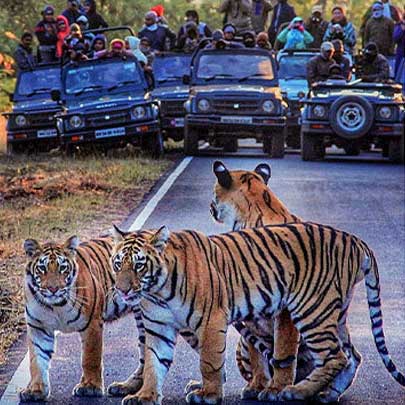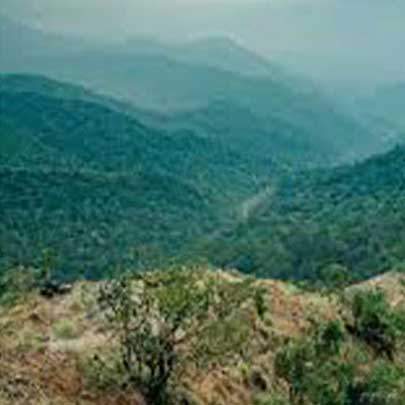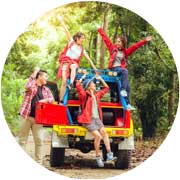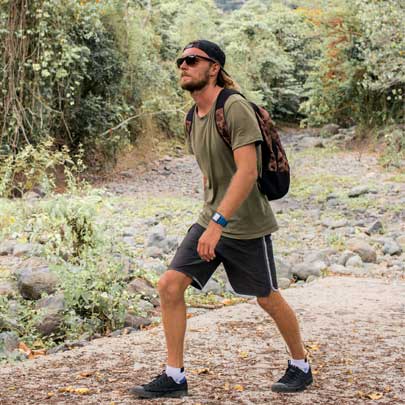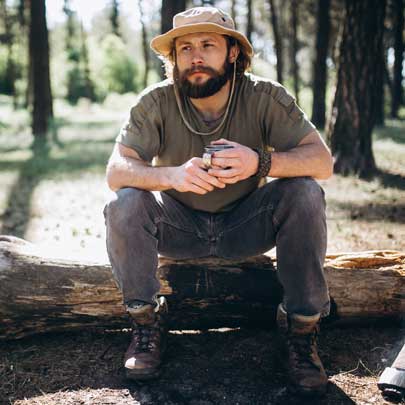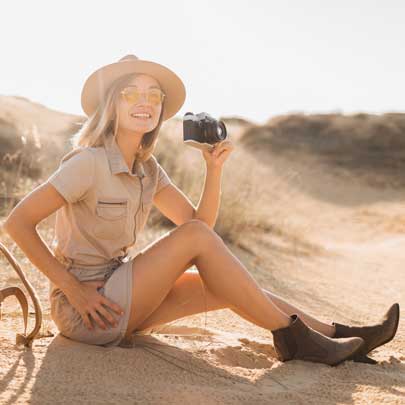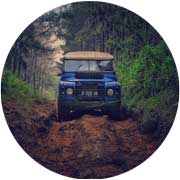Wildlife Conservation for the Next Generation
Wildlife Conservation for the Next
Generation
🌿 Introduction
The beauty of the natural world — its vast forests, majestic animals, vibrant birds, and delicate ecosystems — has always inspired awe and wonder. But as human activity expands, this beauty is under threat. Deforestation, pollution, poaching, and climate change have pushed many species to the brink of extinction.
The question that arises today is not just how to protect wildlife, but how to preserve it for the next generation. Our children deserve to experience the same thriving planet that nurtured us — one filled with the songs of birds, the rustle of trees, and the sight of wild animals roaming free.
That’s where wildlife conservation becomes more than a duty — it becomes a legacy. And organizations like Wildlense Wild Retreat are leading by example, promoting responsible tourism and conservation awareness through immersive, eco-friendly experiences.
🌍 What Is Wildlife Conservation?
Wildlife conservation is the practice of protecting animal species, their habitats, and the ecosystems they depend on. It involves preserving biodiversity to maintain balance in nature and ensure that future generations inherit a healthy planet.

From safeguarding endangered species like tigers and rhinos to restoring degraded habitats, conservation is a continuous effort involving communities, scientists, governments, and conscious travelers.
Simply put, conservation is about coexisting with nature, not exploiting it.
🐘 Why Wildlife Conservation Matters
Wildlife is more than just a source of beauty or fascination — it is an essential part of the Earth’s life-support system. Every creature plays a role in maintaining ecological balance.
Here’s why wildlife conservation is crucial for our planet and future generations:
🌱 1. Maintaining Ecological Balance
Each species — from the tiniest insect to the largest elephant — plays a unique role in the ecosystem. Removing even one can cause a ripple effect, disrupting the balance of nature.
🌾 2. Protecting Natural Resources
Healthy ecosystems provide clean air, fertile soil, and pure water. By conserving wildlife, we also protect these essential life-support systems.
🦜 3. Supporting Human Livelihoods
Millions of people depend on forests, rivers, and wildlife for survival. Conservation supports local economies through eco-tourism and sustainable livelihoods.
🌳 4. Combating Climate Change
Forests and natural habitats absorb carbon dioxide and regulate global temperatures. Protecting them helps fight climate change.
🌸 5. Inspiring Future Generations
Wildlife inspires creativity, learning, and empathy in children. Protecting it ensures that future generations can experience and learn from nature.
🌿 The Threats Facing Wildlife Today
To create effective conservation strategies, it’s important to understand the challenges our wildlife faces.
🌲 1. Deforestation
Forests are being cleared at alarming rates for agriculture, logging, and urbanization, leaving countless species homeless.
🐅 2. Poaching and Illegal Wildlife Trade
Animals like tigers, elephants, and pangolins are hunted for body parts, skins, or as exotic pets, pushing them toward extinction.
🌡️ 3. Climate Change
Rising temperatures, melting glaciers, and irregular rainfall are destroying habitats and threatening species’ survival.
🧍♂️ 4. Human-Wildlife Conflict
As humans encroach on forest areas, conflicts increase. Animals often enter human settlements in search of food, leading to losses on both sides.
🏭 5. Pollution and Habitat Degradation
Plastic waste, chemical pollution, and noise disturbance harm both land and marine animals.
The time to act is now — because the choices we make today will determine what kind of planet the next generation inherits.
🦋 Wildlense Wild Retreat: Inspiring Conservation Through Experience
When it comes to connecting people with nature responsibly, Wildlense Wild Retreat stands as a beacon of hope. Located near pristine wildlife zones, it’s not just a destination — it’s a movement that encourages eco-friendly tourism and wildlife awareness.
🌳 What Makes Wildlense Wild Retreat Unique?
🌿 Eco-Conscious Design:
Wildlense Wild Retreat has been built using sustainable materials and energy-efficient methods that blend seamlessly with nature.
🦉 Educational Wildlife Experiences:
Visitors can learn about conservation, wildlife photography, birdwatching, and the importance of preserving habitats through guided nature walks and safaris.
🌞 Minimal Environmental Footprint:
The retreat promotes zero-plastic policies, solar energy, and responsible waste management — ensuring that every guest leaves behind only footprints.
🪶 Community Empowerment:
Wildlense works closely with local communities, providing employment, training, and education in conservation-friendly practices.
🌸 Conservation Awareness:
The retreat organizes talks, workshops, and eco-camps for children and travelers — spreading the message that conservation begins with awareness.
By visiting Wildlense Wild Retreat, travelers don’t just explore nature — they become part of the movement to protect and preserve it.
🦜 Passing the Baton: Educating the Next Generation
The most powerful tool for wildlife conservation is education. Children who grow up understanding nature’s importance are more likely to protect it.
Here’s how we can inspire the next generation:
🌱 1. Introduce Kids to Nature Early
Take them for nature walks, birdwatching, or visits to eco-retreats like Wildlense Wild Retreat to foster curiosity and respect for the wild.
📚 2. Include Environmental Education in Schools
Teaching children about ecosystems, endangered species, and sustainability should be part of every curriculum.
🎨 3. Encourage Creative Learning
Art, stories, and documentaries about wildlife can spark emotional connections that inspire long-term action.
💬 4. Promote Community Involvement
Children can participate in local clean-up drives, tree-planting campaigns, and wildlife awareness programs.
🌿 5. Lead by Example
Parents and teachers must model eco-friendly habits — using sustainable products, avoiding plastic, and respecting wildlife.
When education and experience go hand in hand, the next generation grows up not just aware of nature — but emotionally connected to it.
🐾 How Travelers Can Contribute to Wildlife Conservation
You don’t have to be a biologist or activist to make a difference. Every traveler can contribute to wildlife protection through responsible tourism.
Here’s how:
🏞️ 1. Choose Eco-Friendly Accommodations
Stay in eco-retreats like Wildlense Wild Retreat, which prioritize sustainability and wildlife safety.
🦁 2. Respect Wildlife and Habitats
Observe animals from a safe distance and avoid feeding or disturbing them.
🚫 3. Say No to Animal Exploitation
Avoid attractions that involve captive animals, rides, or performances.
🌏 4. Reduce Plastic and Waste
Carry reusable bottles, eco-friendly toiletries, and avoid single-use plastics.
🌾 5. Support Conservation Programs
Donate to or volunteer with wildlife conservation organizations and local communities.
Every small action counts. Collectively, they build the foundation for a sustainable future.
🌳 Wildlense Wild Retreat: Where Awareness Meets Action
What sets Wildlense Wild Retreat apart is its mission — to connect people with nature while preserving it. It’s not just a holiday destination; it’s a call to action.

Here, travelers are encouraged to:
-
Learn about local flora and fauna.
-
Participate in conservation drives.
-
Experience safaris that respect animal boundaries.
-
Support eco-friendly initiatives led by local communities.
By choosing Wildlense Wild Retreat, visitors contribute directly to wildlife protection, sustainable tourism, and education for future generations.
The retreat proves that tourism, when done responsibly, can be a force for conservation, not destruction.
🌺 The Role of Sustainable Tourism in Conservation
Sustainable tourism is the bridge between development and preservation. It encourages travelers to enjoy natural beauty while contributing to its protection.
Through eco-friendly practices, tourism can:
-
Generate funds for conservation projects.
-
Provide economic alternatives to poaching or deforestation.
-
Educate travelers about environmental ethics.
-
Empower local communities to protect their surroundings.
Places like Wildlense Wild Retreat demonstrate how eco-tourism can strike the perfect balance between comfort and conservation.
🌾 A Call to Protect What We Love
Imagine a future where forests are silent, rivers are polluted, and animals are memories in textbooks. That’s the future we risk if we don’t act now.
But there’s still hope. Every tree planted, every eco-friendly choice made, every awareness campaign — it all matters. Together, we can ensure that our children inherit a planet that is alive, vibrant, and filled with the wonders of wildlife.
Wildlense Wild Retreat serves as a reminder that conservation begins with awareness, and awareness begins with experience. When people connect with nature emotionally, they are inspired to protect it.
Let’s not leave behind a world of loss. Let’s leave behind a legacy of life.
🌿 Conclusion
Wildlife conservation is not just an environmental issue — it’s a moral responsibility. Our planet’s rich biodiversity is its greatest treasure, and we are its guardians. By choosing sustainable lifestyles, supporting eco-friendly retreats like Wildlense Wild Retreat, and educating the next generation, we can secure a better, greener future.
The time to act is now. Because what we protect today will define tomorrow.
Let’s pledge to preserve the wild — not just for ourselves, but for the generations yet to come. 🌎💚














